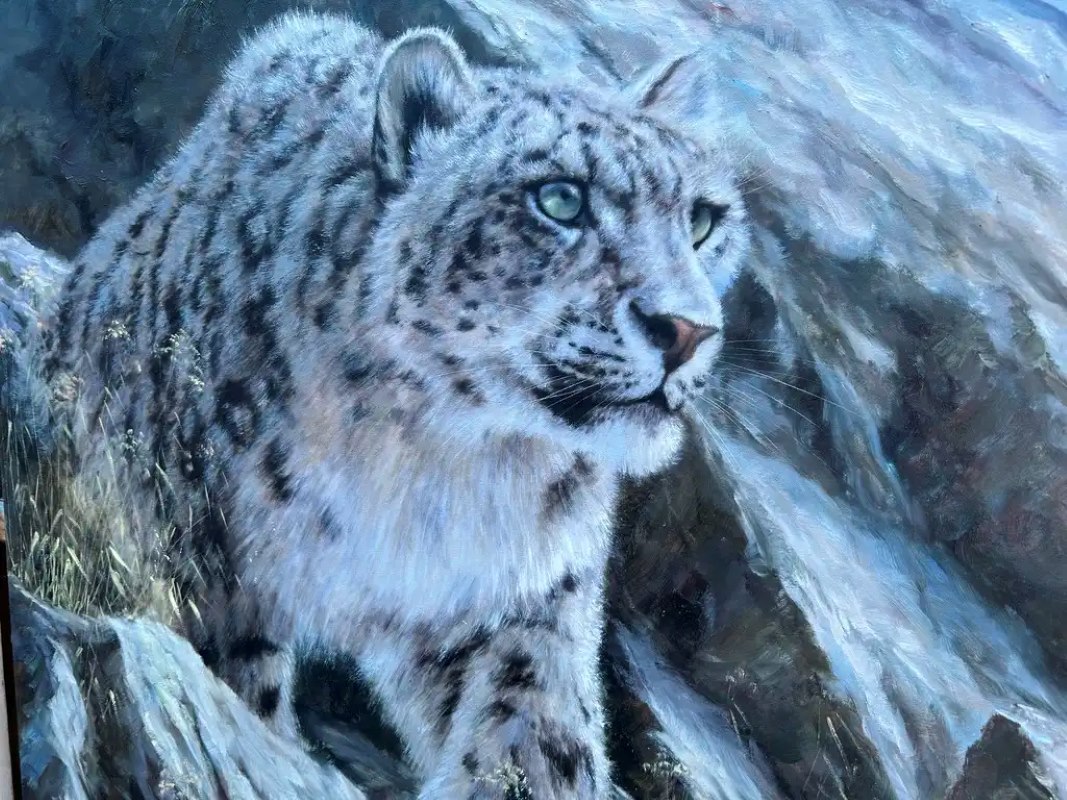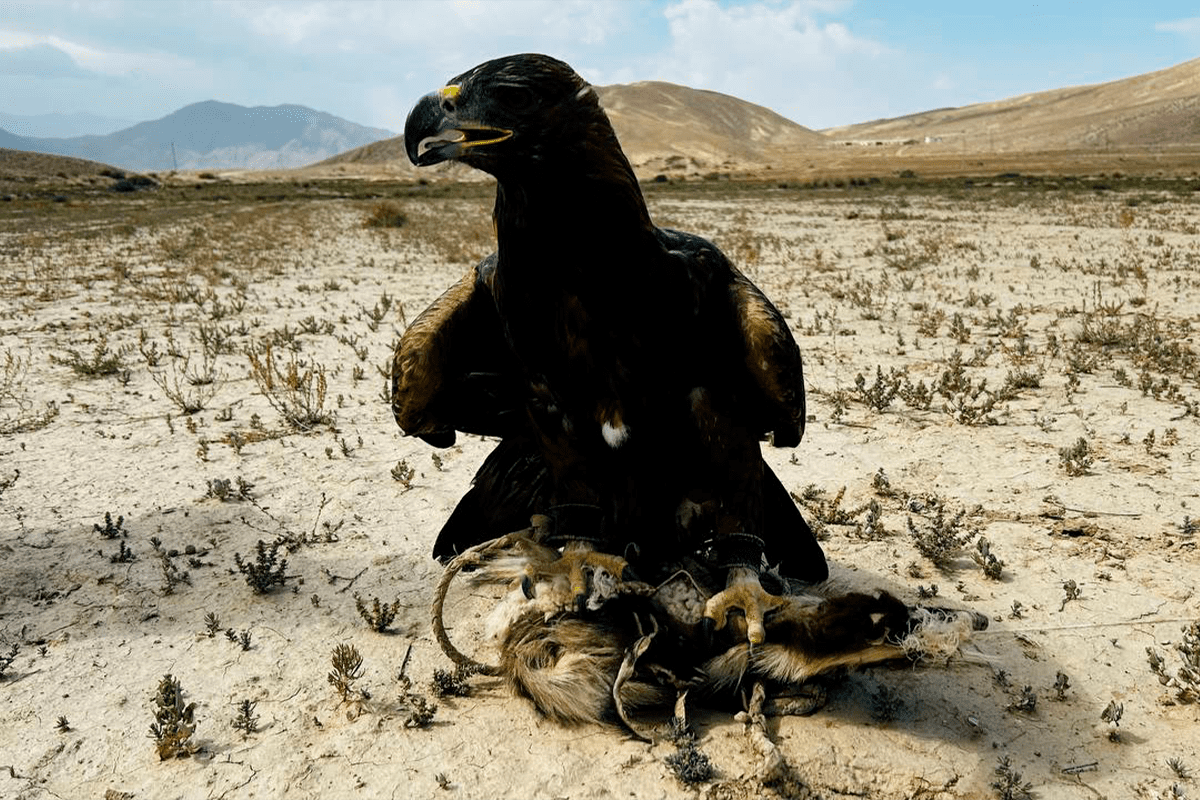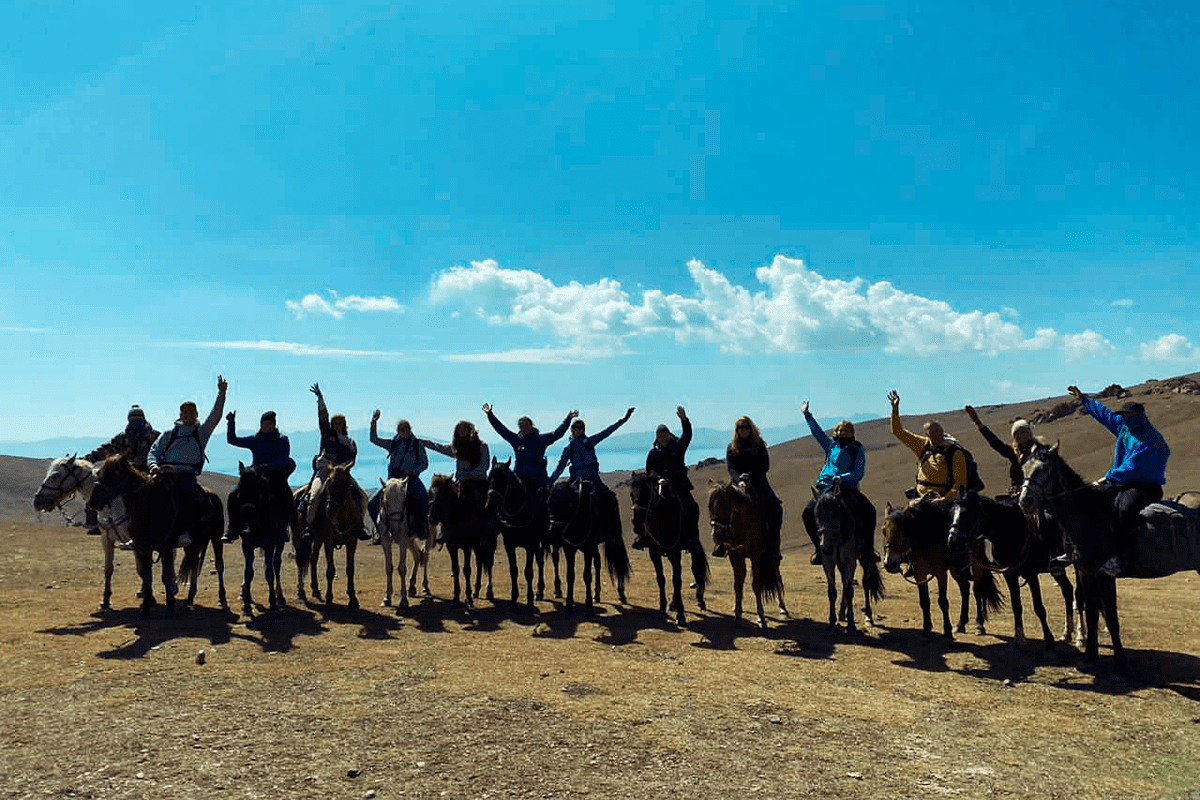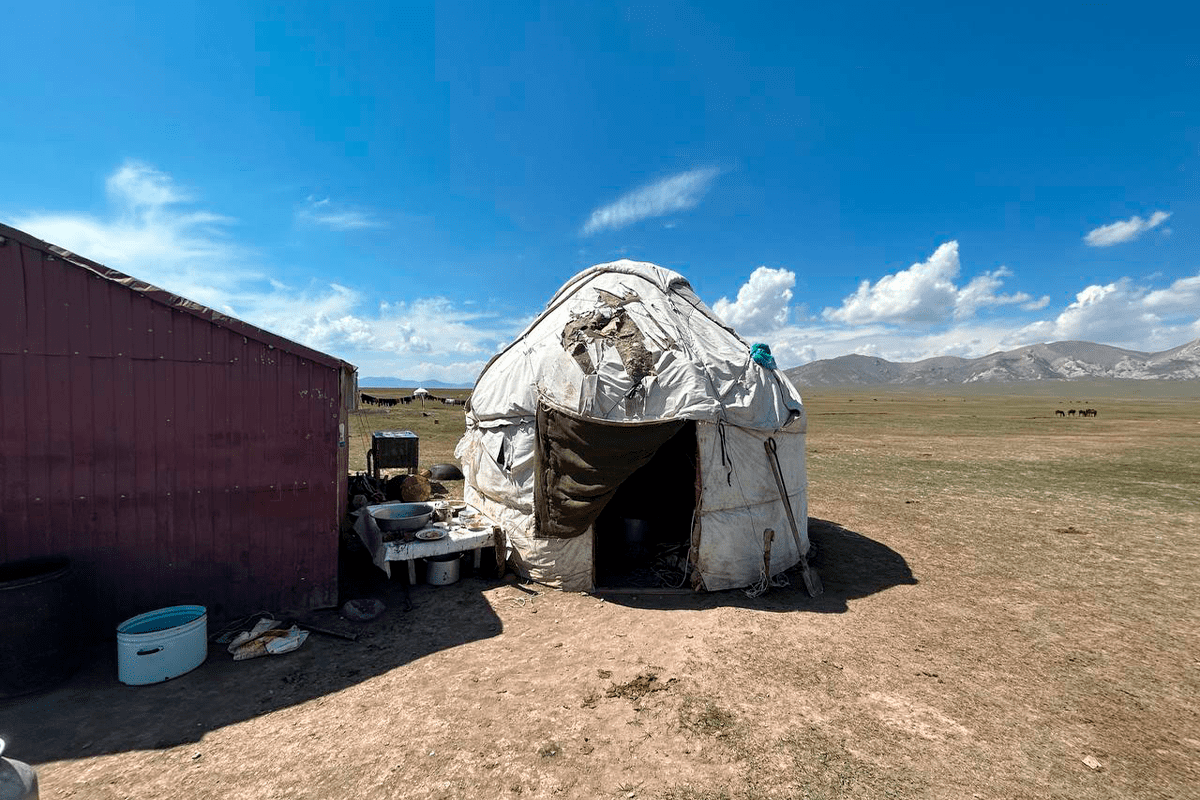Flora and fauna of Kyrgyzstan. The flora of Kyrgyzstan is determined by the height at which a particular species grows. Steppes, meadows, pastures, shrubs and forests are common in the north. In the south, due to the dry climate, there are no forests, and alpine meadows, semi-deserts and deserts are common. Trees are more common in low-latitude mountainous areas, and meadows predominate in higher latitudes.
The most common species are basilisks, Karakol a konite, woodcock, Turkestan motherwort, St. John’s wort, mother-and-stepmother, oregano, sea buckthorn. Economically important wild plants include solyanka, barberry, rhubarb, spurge of Fergana, various varieties of thyme. Tulips, edelweiss, Shrenka fir, Siberian fir, juniper grow in the forests. According to an ancient legend, the Kyrgyz burn juniper branches in their homes in the spring to purify them from evil spirits.
The most famous plant in the south of Kyrgyzstan is walnut. Arslanbob is home to the world’s largest natural walnut forest, the genetic diversity of which is considered very valuable for horticulture. Along with hazelnuts, wild apple trees, pears and cherries grow here. There are various legends about the origin of the walnut, including that Alexander the Great planted the first tree, and the prophet Muhammad gave the first seeds to his disciples when they passed through the territory of Kyrgyzstan.
The most common trees are spruce, juniper (juniper), spruce, maple, poplar, willow, birch forests and Tien Shan mountain ash grow everywhere
Fauna
The fauna of Kyrgyzstan is diverse and concentrated in mountainous areas. At an altitude of 3400-3800 m above sea level, gray marmots and mountain vole are the most numerous. In summer, brown bears appear, as well as wild sheep, hares and mountain goats. There are no mammals at altitudes of 3800-4000 m, but gray marmots and narrow-crusted voles are frequent visitors. On the rocky ledges above the snow line (height 4.4 km), the redstart and the Alpine mountain finch nest. At this altitude, you can also see a mountain goose, a blue pigeon, a partridge, an Alpine jackdaw and a large bullfinch. And at an altitude of 4500 m, you can meet snow goats and predatory leopards.
In Kyrgyzstan, you can also meet rarer types of mountain animals, such as Marco Polo sheep, deer, lynx and snow leopard. Marco Polo sheep have the longest horns among all rams: the longest recorded horn is almost 2 m (6 ft). Snow leopards prefer to hide and are already listed as an endangered species. Kyrgyzstan is a leader in the conservation of snow leopards.
Many endangered species in Kyrgyzstan are listed in the Red Book. These are wild sheep, snow goat, northern goat, red deer, bear, deer, northern goat, lynx and snow leopard.
The floodplain and lake thickets are characterized by gray heron, top, perch, pheasant, crake, oriole, warblers, shrikes, flycatchers, nightingales. From mammals — ushan, forest dormouse, weasel, reed cat, wild boar.





